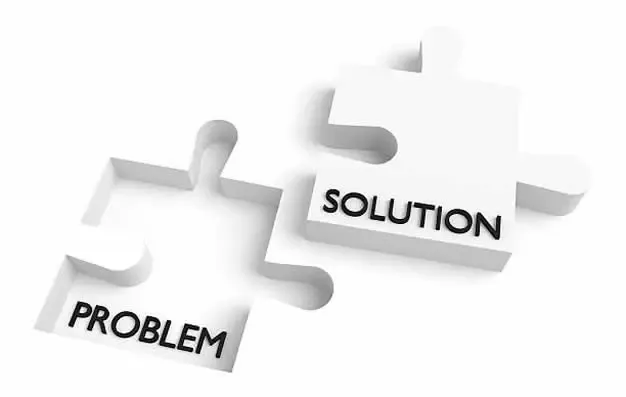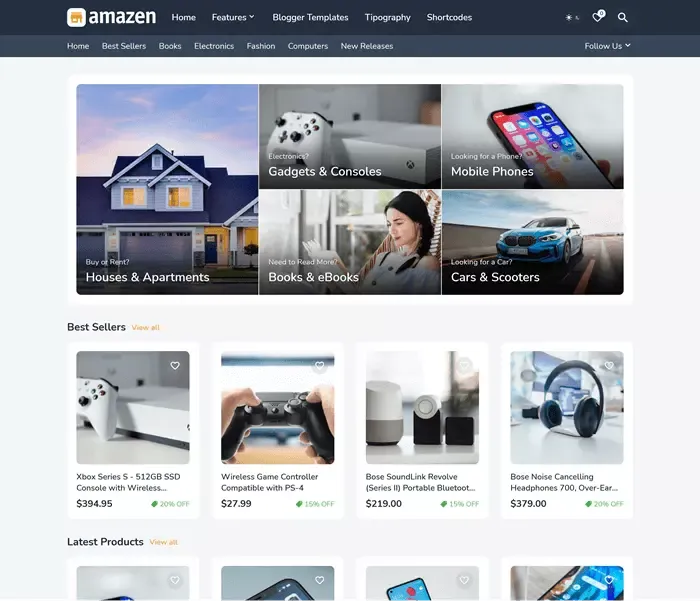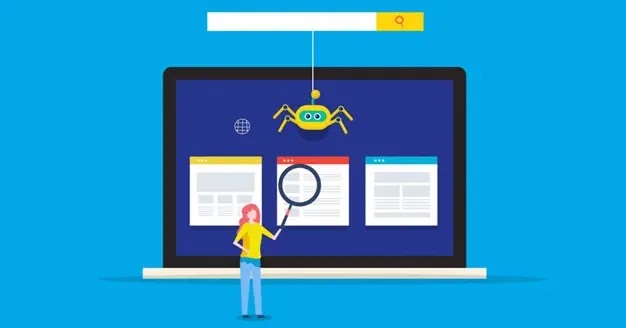What Is Problem Solution Fit?
It is essential to understand what is the problem-solution fit. The most common reason why many business ventures fail is that they create, build and launch products that no one wants. To avoid this situation and the amount of pain it can cause you, it is necessary to start by thinking about what problem your product or service can solve.
What Ash Maurya, entrepreneur and author of
Running Lean, advises us
is:
"Before you put months or years of effort into building a product, the first step is to determine if this product is worth doing."
What is Problem Solution Fit?
The best way to make the energy, creativity, dedication, and skills of
an entrepreneur available is to identify the existing problem and identify
solutions that customers will recognize as appropriate as a
problem solution fit.
Within the problem solution fit, three key issues arise:
- Does the problem you want to solve for the customer really exist?
- Does your planned solution better solve that problem? (From the aspect of customer opinion)
- Would your prospective customers like your planned solution more than the ones you currently have?
This is one of the components of the Lean methodology that we talked
about in one of our previous blog posts, which you can read
here.
Understanding customer problems
In the early and uncertain phase of starting a startup, understanding
the problem is crucial. As the focus of problem-solving is on customers, you
need to ask yourself and research the following.
Who are your customers?
Most startups are not able to find their customers in the initial
stages of development, so it is necessary to get to know your customers.
Invest time and define your customers as precisely as possible. This will make
your next step easier.
Also, determine
which market the customers are in. You define the entry market and then
the TAM (Total Addressable Market). You can read more about TAM here.
Once
you have finally identified your customers and the market in which they are
located, you can move on to
researching the assumptions about the problem that customers have.
The five steps to testing your assumptions by forming a hypothesis, which can be tested by gathering feedback from your target customers, are
as follows:
- Identify the riskiest assumptions related to your business model, assumptions that, if proven to be wrong, would make business impossible;
- Form a hypothesis that can be tested, which you think is true;
- You must be able to prove that your hypothesis is true or false;
- Determine the minimum score necessary for success before starting testing;
- Get out of the office and speak with customers to see if your hypothesis is correct.
Through talking to your potential customers, it is necessary to get answers
to the following questions:
- Do they have a problem that is worth solving?
- Is this a common problem?
- Do they care about solving the problem?
- Does giving them a problem give them a certain degree of pain?
- Are they trying to solve the problem?
- Are they willing to pay to solve that problem?
- Does a case of not solving a given problem cost them time or money?
- How important would it be for them to get a better solution than the existing one?
- What do they think the new solution should look like?
Ask potential customers to show you how to solve the problem. Ask them
if they have used other tools or products to solve the problem. This type of
communication with future customers is an opportunity to gather as much
information as possible that can benefit you. Its main goal is to determine
the existence but also to understand the seriousness of the problem you want
to solve, so this step must determine whether the problem that customers have
is worth solving. If so, you can dedicate yourself to proposing your solution
to a given problem.
Minimum Viable Product
The moment you have a hypothesis about what kind of solution your
customer needs, the importance of the minimum viable product (MVP) comes to
the fore. MVP means to create the smallest possible number of product
features, through which you will quickly get feedback from future customers.
You can't know if your idea is the right one if you don't test it. MVP allows
you to test your concept and correct any shortcomings in time.
This
way you save money and time but also test the terrain for your product. When
it comes to MVP, you have to be prepared for potential failures, but don't let
that discourage you, and try to learn valuable lessons from such failures.
What can you do to minimize the chance of your MVP failing? There
is only one way to check if you are on the right track when it comes to your
solution proposal (MVP) and that is to talk to potential buyers.
Interviewing potential customers
Based on the previous conversation with potential customers, you learned
which characteristics your solution must have and which it does not. Now is
the right time to check if their initial expectations have been met, but also
to get new guidelines. In this step, try to find out as much new information
as possible so that you can improve your solution.
"There are no facts in the building, only opinions." - Steve Blan
What is crucial for you is to "get out of the building" every day because the wishes and needs of customers and markets are constantly changing. By talking face to face with potential customers, you can get their most honest opinion on the proposal of your solution to their problem.
Present your solution to potential customers and try to get answers to the following questions:
- What do you think of this product as a possible solution to your problem?
- Do you believe this product can solve your problem?
- Is this solution good enough (better) compared to the solution you are currently using?
- Would you set aside a certain amount of money for this product if it would completely solve your problem?
- Do you think that this product has certain shortcomings that would keep you from deciding to start using it?
Don't limit yourself.
Ask questions that you think are important. The purpose of these
interviews is to guide you and confirm the correctness of your planned
solution. This way you get feedback and involve customers in building future
products. At the same time, you discover possible shortcomings of your planned
solution to the problem and get ideas for its improvement.
What is
key? You need to work on improving your prototype every day.
Conclusion
By understanding and mastering Problem Solution Fit, you have mapped the
customer problem that needs to be solved. By ensuring that your solution suits
the customer the chances of success are closer. The next stage you need to go
through on your path to success is
Product Market fit.








